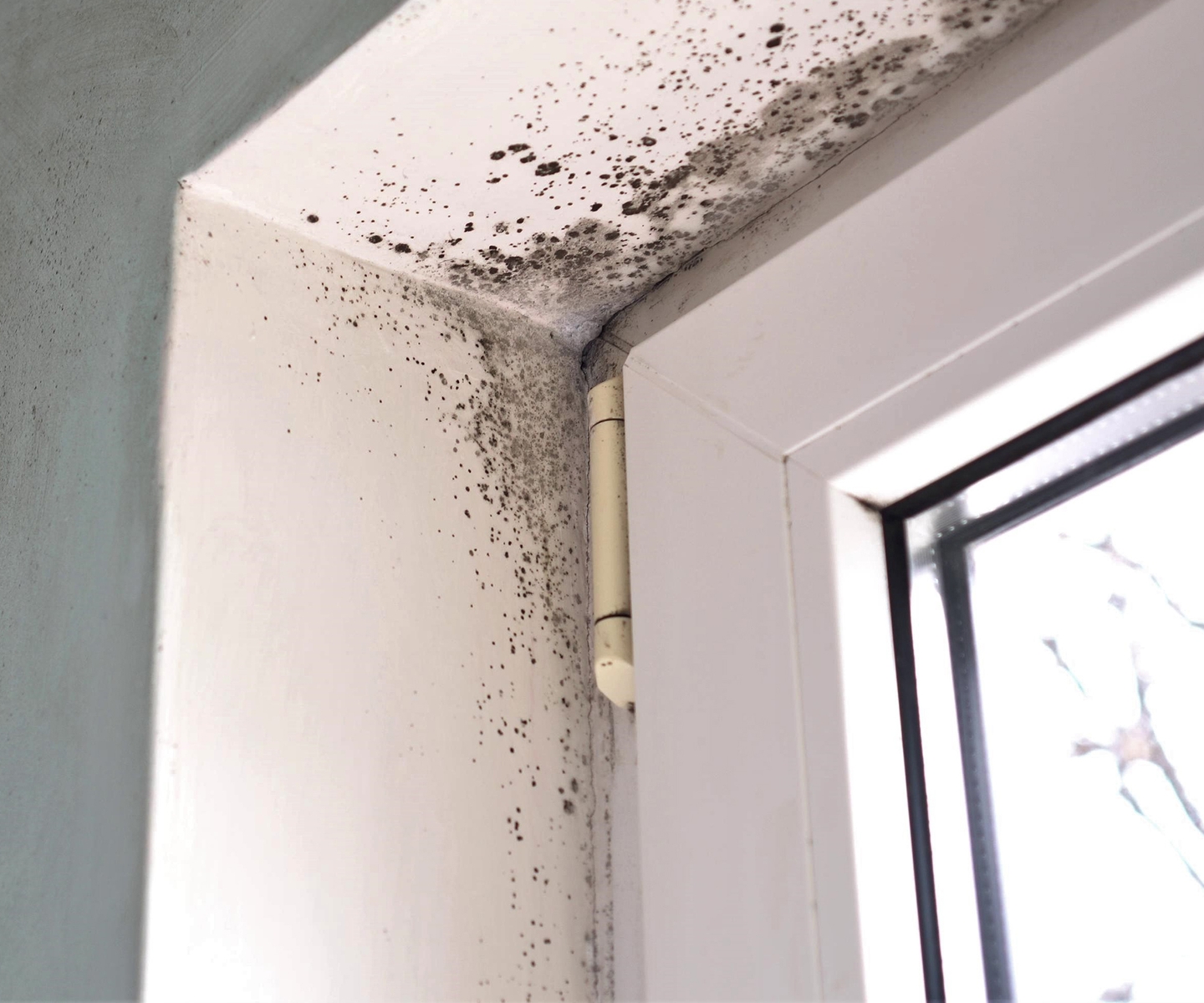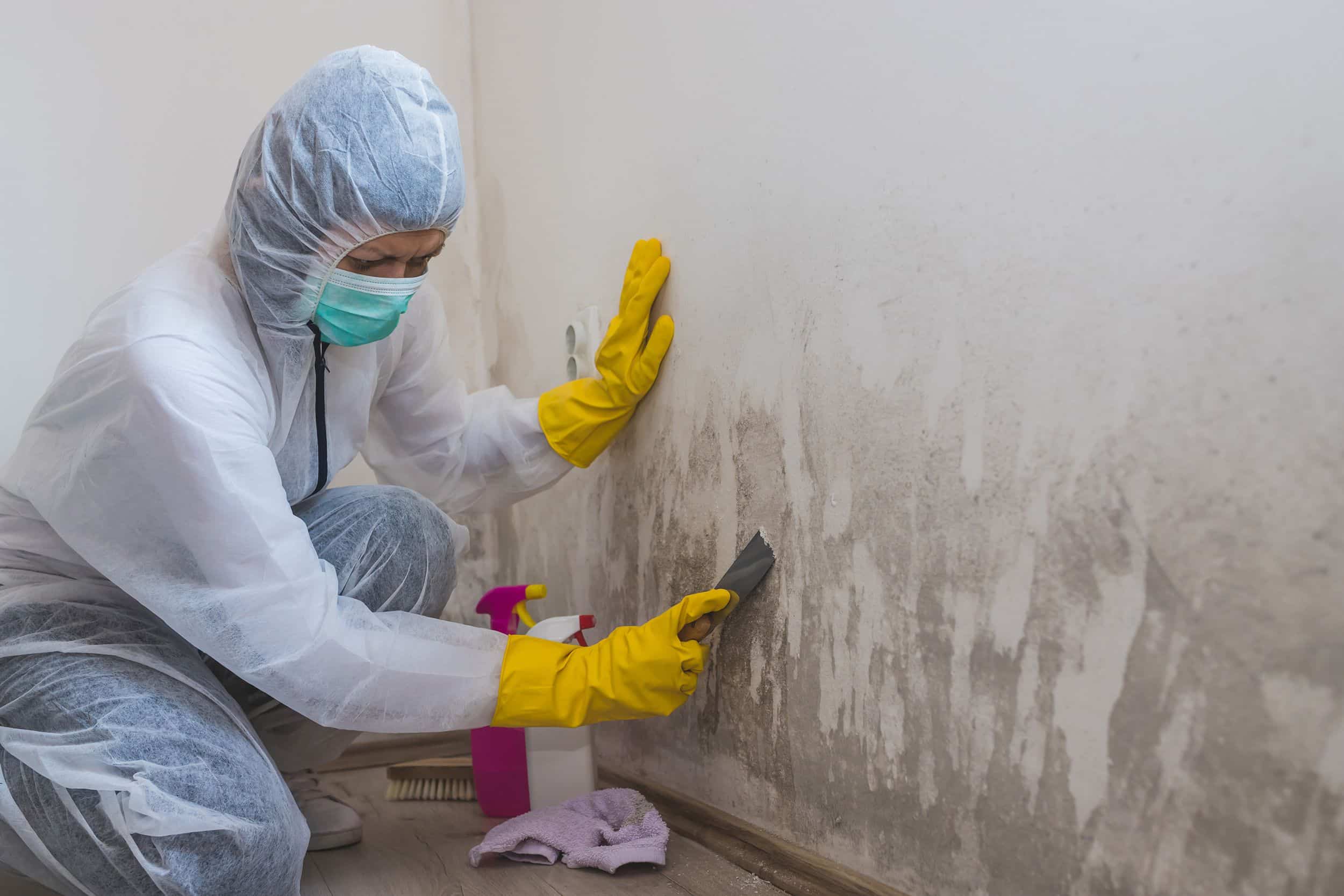Specialist Tips for Post Mold Remediation Success
In the world of mold remediation, efficiently getting rid of mold is just half the fight; the true obstacle depends on preventing its reappearance. Post-remediation initiatives play an important duty in ensuring a mold-free atmosphere in the lengthy term. By adhering to skilled suggestions and ideal methods, individuals can protect their areas versus mold and mildew revival and preserve a healthy and balanced indoor environment. It is in this stage of the remediation procedure that attention to information and proactive steps truly make a difference.
Monitor Moisture Levels On A Regular Basis
Normal surveillance of moisture levels is important in making certain the effectiveness of post mold and mildew remediation efforts. After completing mold remediation treatments, keeping optimum moisture levels is essential to stop mold re-growth and make sure a healthy and balanced interior environment. Monitoring humidity degrees permits very early discovery of any spikes or variations that can potentially bring about mold resurgence. High humidity levels above 60% develop a favorable atmosphere for mold to thrive, making normal checking an aggressive procedure to prevent any kind of future mold and mildew problems - Post Mold Remediation Report.
Furthermore, developing a routine timetable for moisture checks, specifically in high-risk areas such as cellars, kitchen areas, and bathrooms, is a proactive approach to mold and mildew avoidance. By regularly keeping an eye on humidity degrees, property proprietors can properly minimize the threat of mold reoccurrence and keep a healthy and balanced interior environment post-remediation.
Conduct Thorough Inspections Post-Remediation
Adhering to the conclusion of mold and mildew removal treatments, it is critical to conduct detailed inspections to verify the efficiency of the removal procedure. These post-remediation assessments are critical in guaranteeing that the mold concern has actually been efficiently resolved and that there is no reoccurrence or continuing to be mold and mildew growth. Assessments need to be performed by certified professionals that have proficiency in recognizing mold and mildew and assessing indoor air quality.
During these inspections, various techniques such as aesthetic evaluations, air tasting, and surface area tasting might be used to thoroughly assess the remediated locations. Aesthetic evaluations involve a detailed evaluation of the premises to look for any kind of visible indicators of mold development or water damage. Air sampling aids in establishing the airborne mold spore levels, while surface area tasting can find mold bits on surfaces.
Implement Appropriate Air Flow Approaches
After guaranteeing the performance of the mold remediation process with complete evaluations, the following critical step is to concentrate on implementing appropriate air flow techniques. Sufficient air flow is crucial in stopping mold reoccurrence by controlling wetness degrees and promoting air flow.
Appropriate ventilation not just help in preventing mold development but additionally adds to the total health and wellness and comfort of residents. By making sure adequate air flow throughout the property, you can reduce the risk of mold and mildew regrowth and produce a healthier living setting.

Use Mold-Resistant Materials for Repairs
To boost the lasting performance of mold remediation initiatives, including mold-resistant materials for repair services is critical in alleviating the danger of future mold growth. Mold-resistant materials are created to hold up against dampness and inhibit mold and mildew you could look here growth, making them an essential choice for locations prone to dampness and moisture. When repairing areas influenced by mold and mildew, utilizing products such as mold-resistant drywall, mold-resistant paints, and mold-resistant caulking can aid protect against mold reoccurrence.
Mold-resistant drywall is a superb choice to standard drywall in locations like washrooms and basements where moisture levels are higher. This kind of drywall has a special layer that stands up to mold growth also when subjected to damp conditions. In addition, making use of mold-resistant paints consisting of antimicrobial Homepage representatives can further prevent mold advancement on wall surfaces and ceilings.
In locations where wetness is common, such as shower rooms and kitchen areas, using mold-resistant caulking around home windows, sinks, and bathtubs can aid secure out water and avoid mold and mildew from taking hold in splits and crevices. By purchasing these mold-resistant materials during repair work post-remediation, you can dramatically decrease the probability of future mold issues and maintain a healthier interior environment.
Maintain Tidiness and Address Water Issues
After mold and mildew removal, it is vital to maintain a tidy setting to stop the regrowth of mold. Leaks, water invasion, or high humidity levels can produce the ideal breeding ground for mold, so it is vital to repair any water-related problems immediately.
To preserve cleanliness, take into consideration making use of HEPA filters in vacuums and air purifiers to trap mold and mildew spores and prevent their blood circulation in the air. Additionally, guaranteeing correct air flow in areas susceptible to moisture accumulation, such as kitchens and bathrooms, can assist maintain humidity degrees in check. By remaining vigilant concerning cleanliness and addressing water concerns promptly, you can successfully stop mold reinfestation and keep a healthy interior atmosphere.
Verdict

In the world of mold removal, successfully eliminating mold and mildew is only half the battle; the real challenge exists in preventing its reappearance. After finishing mold and mildew removal procedures, maintaining optimal moisture levels is vital to avoid mold and mildew re-growth and web link ensure a healthy and balanced indoor environment. High moisture levels above 60% produce a favorable atmosphere for mold and mildew to flourish, making normal checking a proactive action to stop any future mold and mildew concerns.
To enhance the lasting effectiveness of mold remediation initiatives, including mold-resistant materials for fixings is crucial in reducing the threat of future mold development. After mold removal, it is vital to maintain a clean setting to prevent the regrowth of mold.